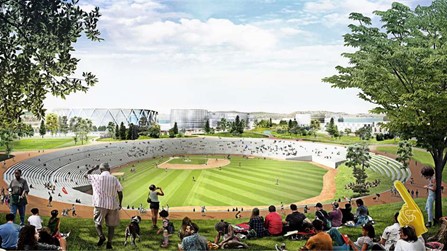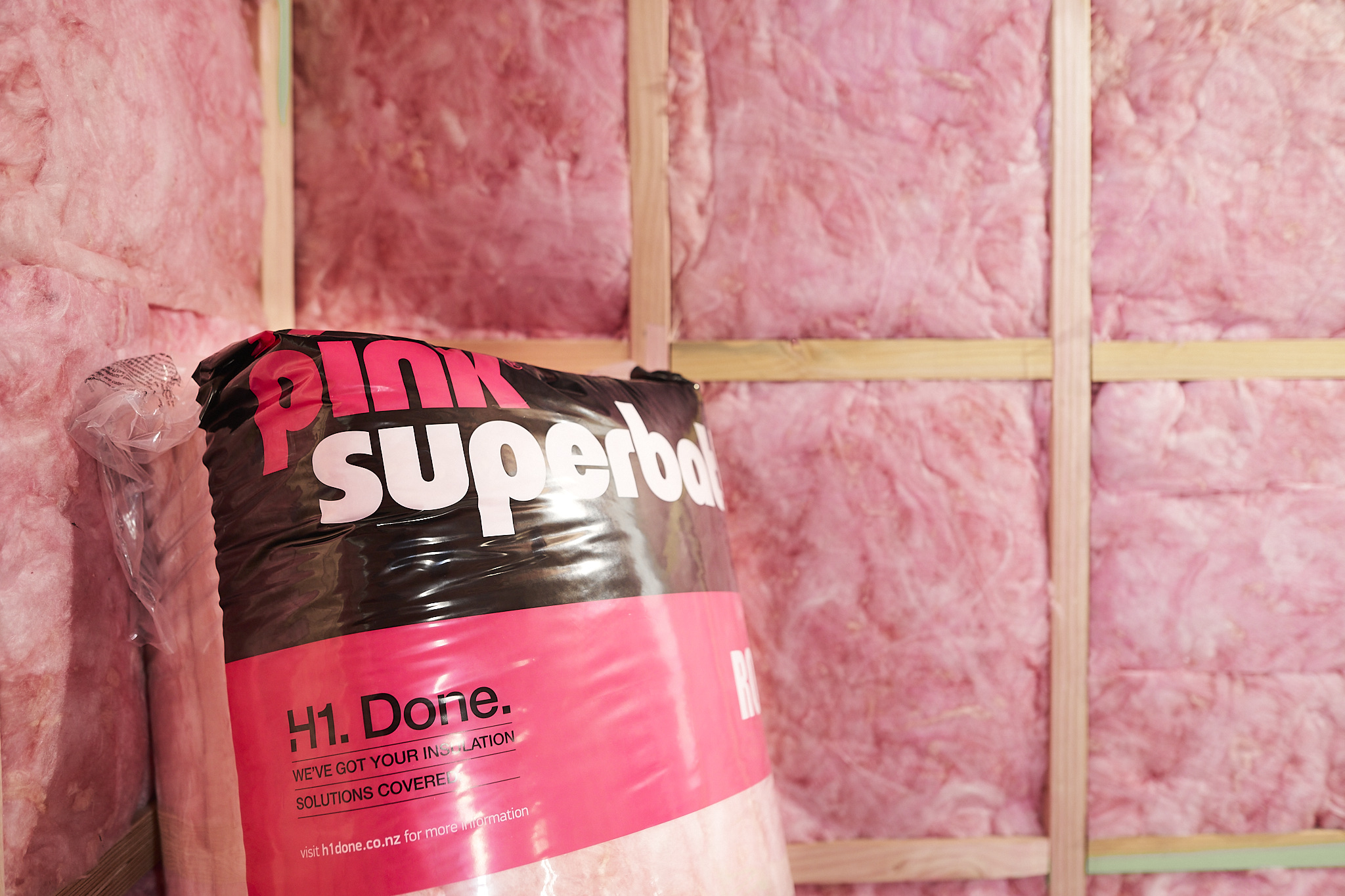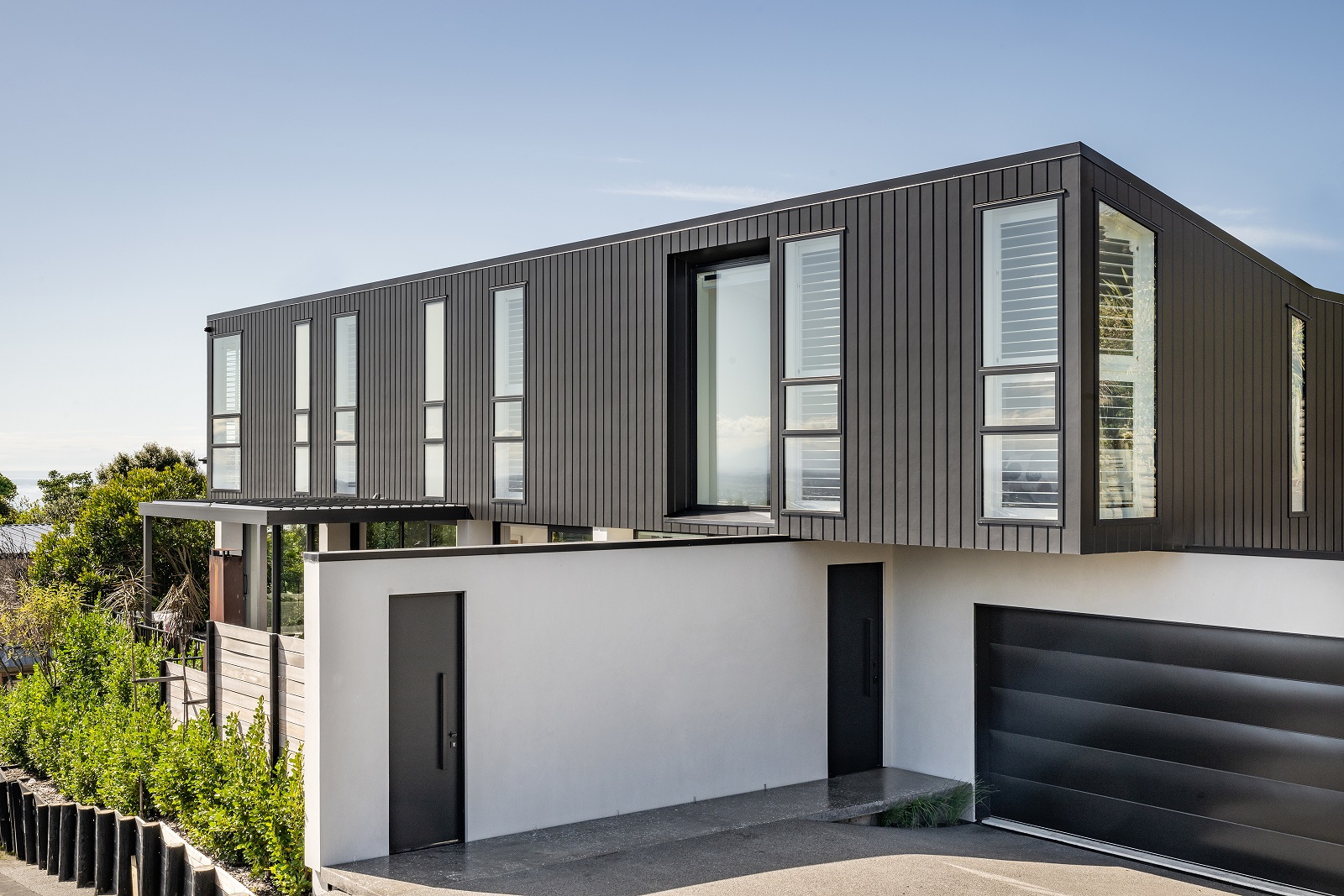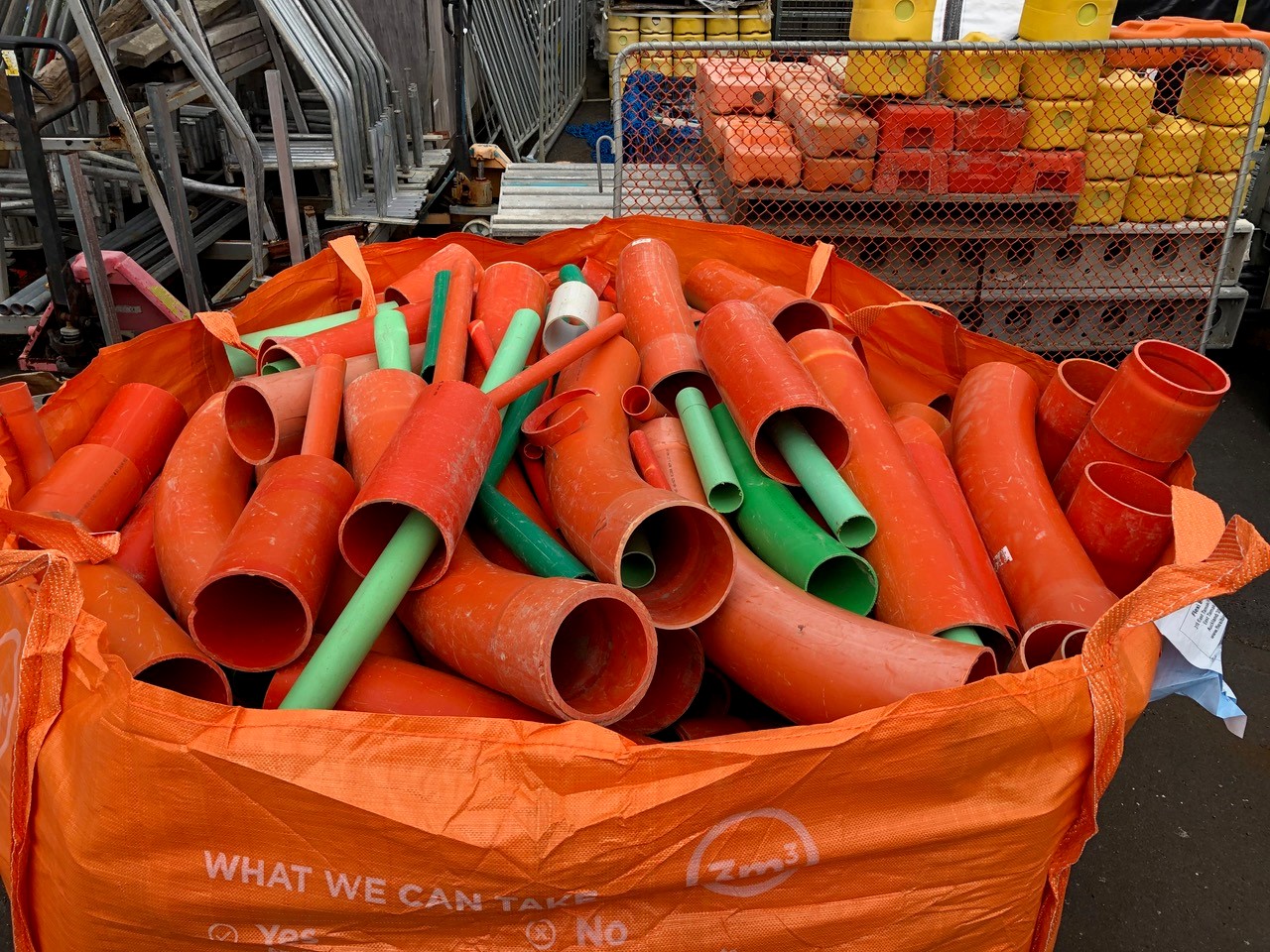The Oakland A’s are set to unveil a “bigger than baseball” mega-ballpark deal that includes a stunning new “jewel box” waterfront stadium at Howard Terminal on the city’s waterfront, just north of Jack London Square.
Designed by the cutting-edge Danish architectural firm Bjarke Ingels Group, the ballpark is a deliberate throwback to the turn-of-the-century diamonds like Philadelphia’s Shibe Park where the A’s once played.
The ballpark itself would be nestled amid wedge-shaped high-rises — some as tall as 20 stories — with windows looking directly down on the playing field.
The site is too windy for the ballpark to be open to the water, but the stadium would include a publicly accessible rooftop park with sweeping views of the waterfront, Oakland and San Francisco. The plan also includes an aerial gondola to shuttle 6,000 fans an hour from downtown Oakland over Interstate 880 and the railroad tracks to Jack London Square.
“Instead of a ballpark that sits like a fortress, this will be open and accessible to the community at all times” even when games aren’t taking place, the A’s President Dave Kaval said.
“It will be a reason to live in the community, activate Jack London Square and become a great landmark in the Bay Area,” he said.
The plan doesn’t only include the waterfront however. Sustaining the team for the long term in Oakland will require more money than the proposed 34,000-seat park (the smallest in Major League Baseball) can generate on its own.
So the A’s have set their sights on the current 63,000-seat Colliseum – now home to the A’s and the soon-to-be-gone Oakland Raiders, which would be torn down to a nub and turned into a low-rise sports amphitheatre surrounded by grassy knolls.
The outer rim of the Coliseum site would feature clusters of development — including a tech hub, affordable housing, youth sports complex, light manufacturing and shopping strip.
Oracle Arena, which will soon lose the Golden State Warriors to San Francisco’s new Chase Center in Mission Bay, will remain and would continue to host concerts, sports events and other shows.
Kaval said turning portions of the Coliseum site into a park would both create a public amenity and avoid the expense of shoring up the site to protect it against the rising sea levels expected in the coming years.
“This is probably the most cost-efficient and effective way to develop it,” Kaval said.
Oakland Mayor Libby Schaaf called the plan for the Howard Terminal ballpark “truly visionary.”
“This is the right project, in the right neighbourhood and at the right price to our taxpayers,” Schaaf said Tuesday.
Schaaf also praised the Coliseum plan for offering a framework that “is community serving,” and called the mix of housing and manufacturing — along with plans to deal with climate change — “a step in the right direction.”
The A’s already have put in an offer to buy the Coliseum site for $137 million. Kaval said the offer isn’t set in stone, and that the team is open to partnering with the city, county or both – even other private interests – to develop the site.
How much public money would be involved for infrastructure at the two sites has yet to be worked out, but Kaval said the plan was to use taxes generated from the projects to cover the major costs.
The Howard Terminal-Coliseum double play is the second – and possibly last – attempt by the A’s to build a new ballpark near downtown Oakland.
The team’s first pick, which was next to Laney College, died almost as soon as it was announced when the school’s faculty and students objected to putting the ballpark there.
The team is seven months into its exclusive talks with the Port of Oakland for either a lease or purchase option on the property, which is now used largely for storage. The team has an April deadline to strike a deal or lose a $100,000 deposit.
“This is really going to be an important six months as we get into the critical negotiations,” Kaval said.





